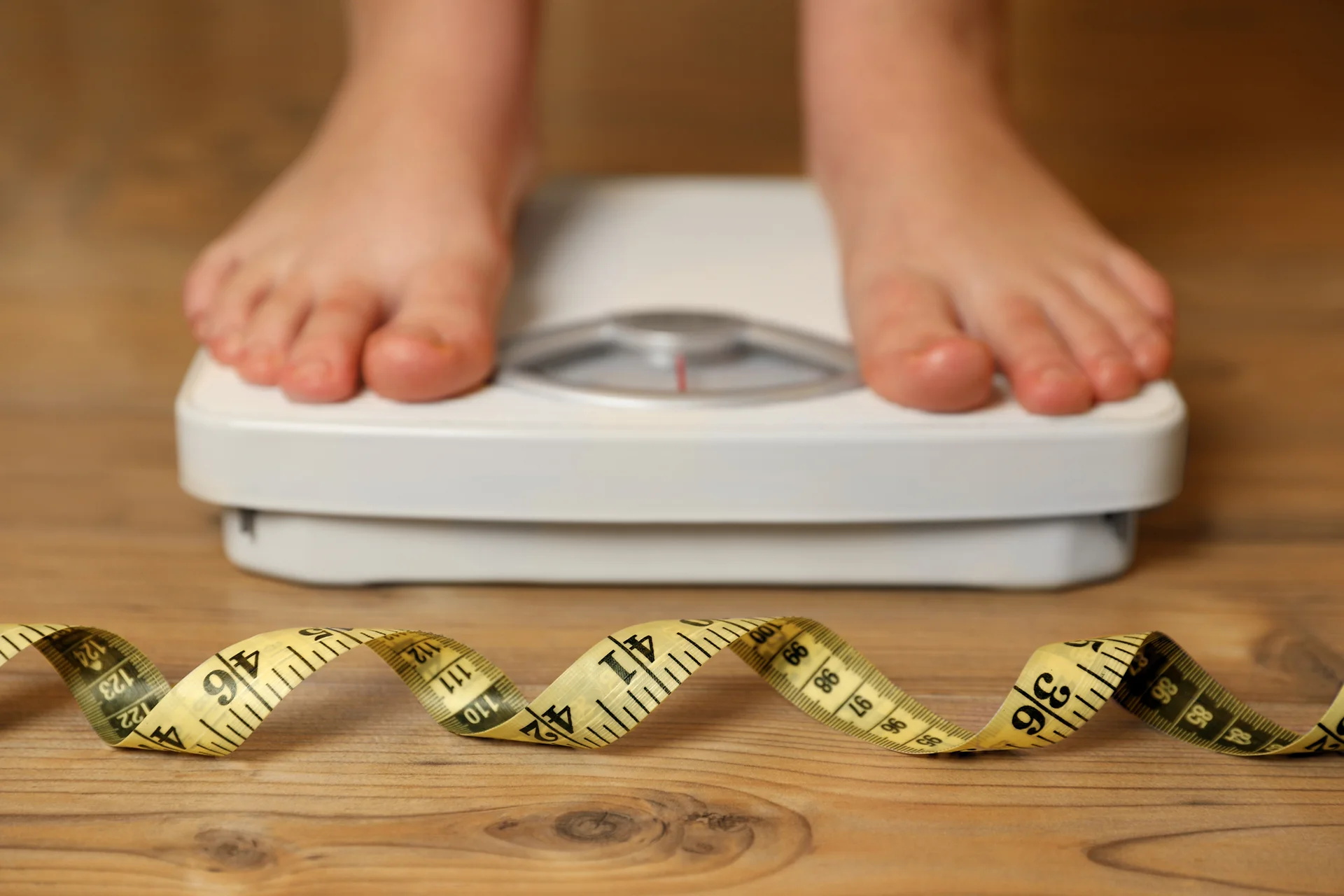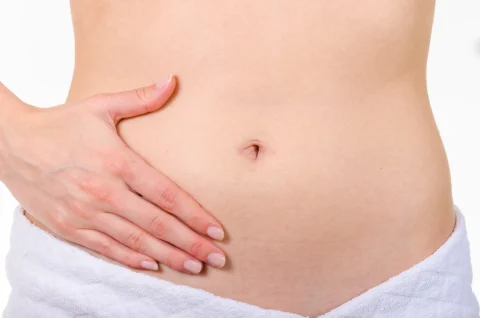The Facts on Using Hormone Therapy for Weight Management
Hormone pellets can impact weight loss by influencing appetite, metabolism, and fat storage. Understanding how hormones affect these weight-regulating mechanisms can be key to managing weight effectively.
Hormone imbalance can wreak havoc on your health and wellbeing in so many ways. From unwelcome weight gain and difficulty losing excess pounds to low energy, sleep troubles and just an overall feeling that your body is out of whack.
If you feel like you just can’t get the scale to budge no matter how hard you diet and exercise, your hormones could be at least partly to blame. Estrogen, progesterone, testosterone and other key hormones all work together to regulate your metabolism, appetite, fat storage and more. When these hormones are deficient or out of balance, it impacts your ability to manage a healthy body weight.
What Are Hormone Pellets?
Hormone pellets are tiny implants inserted under the skin that steadily release bioidentical hormones into your body over the course of 3-6 months. They are customized to your needs based on lab testing and aimed at restoring optimal hormone levels.
The pellets themselves are made from plant-derived ingredients like soy or yams. They contain estradiol or testosterone depending on whether you are male or female. The hormones are crafted to be bioidentical, meaning their molecular structure precisely matches that of the hormones your own body produces.
Once implanted by a trained doctor, the hormone pellets dissolve slowly to provide a continuous dose of hormones. This leads to more stable hormone levels compared to the ups and downs seen with pills, patches or shots.
Types of Hormones Commonly Used in Pellets
The hormones most commonly incorporated into pellet therapy are estradiol for women and testosterone for men.
Estradiol pellets serve as the backbone of hormone replacement in women after menopause. Declining estrogen is responsible for most menopausal symptoms, including hot flashes, insomnia, vaginal dryness, mood changes and difficulty losing weight.
Estradiol is the predominant, most active form of estrogen in premenopausal women. Estradiol pellets are expertly dosed to mimic the body’s estrogen production before menopause.
Testosterone pellets are commonly used in andropausal men suffering from low energy, loss of muscle mass, weight gain, low libido and other effects of dropping testosterone levels.
Testosterone is the primary male sex hormone responsible for most masculine characteristics. Testosterone pellets restore levels back to a youthful range to alleviate low testosterone symptoms.
Both estradiol and testosterone pellets are engineered to release steady amounts of these hormones over 3-6 months to bring levels into a healthy balance. This long-acting approach circumvents the hormonal fluctuations seen with other methods of delivery.
How Do Hormone Pellets Potentially Affect Weight Loss?
There is early evidence that balancing hormone levels with pellet therapy may complement weight loss efforts. Here are some of the ways hormone pellets are believed to influence weight management:
Regulate Metabolism
Estrogen, in particular, plays an integral role in metabolic processes. Low estrogen levels, such as after menopause, are tied to decreases in resting metabolic rate which can precipitate weight gain. Restoring estradiol levels through pellet therapy helps normalize metabolic function.
Control Appetite
Fluctuating progesterone and low testosterone drives increased hunger and appetite. Hormone pellets help regulate appetite by stabilizing hormone levels within normal ranges. This allows for better control over food intake.
Preserve Lean Muscle
The age-related decline of testosterone is associated with loss of lean muscle mass and accumulation of body fat, especially dangerous visceral fat. Testosterone pellets help maintain muscle integrity for more efficient fat-burning.
Reduce Belly Fat
There is evidence linking estrogen deficiency to increased belly fat. By raising estrogen levels back to optimal ranges, hormone pellets may help reduce this stubborn fat depot.
Interrupt Insulin Resistance
Research indicates estrogen and testosterone can both influence glucose metabolism and insulin sensitivity. This helps interrupt the cascade of hormonal dysregulation, insulin resistance and weight gain.
How Can Hormone Pellets Influence Appetite or Cravings?
Appetite and cravings are absolutely impacted by hormones. Shifts in estrogen, progesterone and testosterone strongly influence hunger signals, portion control and the types of foods you crave.
Studies demonstrate that estrogen acts in the brain to dampen appetite. The dramatic drop in estrogen that accompanies menopause is associated with increased food intake and weight gain. Estrogen replacement given as a capsule, patch or through pellet therapy may help normalize appetite.
Progesterone, on the other hand, counteracts estrogen’s effects and stimulates appetite. Excess progesterone, as seen in some hormonal conditions like PCOS, drives hunger and cravings for high-carb foods. This sets the stage for weight gain.
Testosterone also activates the appetite center in the hypothalamus of the brain. Testosterone replacement like pellet therapy for low testosterone may increase motivation to eat. However, the muscle- preserving effects of testosterone help offset any potential increase in weight.
Are Hormone Pellets Suitable for Everyone Looking to Lose Weight?
While hormone pellets offer a compelling option for many struggling with excess weight, they may not be appropriate for every individual seeking weight loss. Key considerations include:
| Topic | Description |
| Underlying Causes | Hormone pellets specifically treat deficiencies or imbalance in estrogen, testosterone or other hormones. They are unsuitable as an initial approach if hormone issues are not the root cause behind weight concerns. Diet, exercise, stress levels and other factors should be evaluated first. |
| Health Status | Certain medical conditions increase the risks associated with pellet therapy. Your doctor will review your health history and risk factors to determine if you are a candidate. Those with some cancers, blood clots, heart disease and liver disease may not qualify. |
| Realistic Expectations | Pellets will not produce drastic weight loss on their own. To shed pounds, you still need to follow a reduced-calorie diet and engage in regular exercise. Hormone optimization provides metabolic support and control over appetite to complement other weight loss efforts. |
| Comprehensive Approach | The greatest success comes from combining hormone pellets with improved nutrition, daily activity, stress management and other positive lifestyle measures. Pellets alone are unlikely to result in significant, lasting weight reduction for most people. |
Have an open conversation with your healthcare provider about whether hormone pellet therapy fits into your overall weight loss goals and health picture. Be sure you understand the limitations before proceeding.
What Criteria Make Someone a Good Candidate for Hormone Pellet Therapy?
Here are some of the key criteria that point to someone being a suitable candidate:
Symptoms of hormone deficiency
Experiencing menopause or andropause related symptoms like hot flashes, fatigue, low libido and difficulty losing weight that reflect an underlying hormone imbalance.
Overweight
Carrying extra body weight represented by a BMI over 25. Obesity is linked to hormone disruptions that can be aided through pellet therapy.
Failed previous weight loss attempts
Inability to lose weight through consistent diet and exercise alone, suggesting hormone issues may be at play.
No contraindications
Absence of health conditions that pose risks for pellet therapy like clotting disorders or hormone-influenced cancers.
Committed to lifestyle changes
Willingness to make dietary improvements, increase activity levels and implement stress-reduction techniques for amplifying the benefits of hormone pellet treatment.
If you recognize yourself in the above criteria, a consultation with a practitioner experienced in hormone pellet therapy is warranted to fully determine your suitability.
Bloodwork, health evaluation and listening to your complete health history will guide the decision process.
Potential Risks and Side Effects Associated with Hormone Pellet Therapy for Weight Loss
Hormone pellets provide sustained delivery of customized doses of hormones for treating deficiencies. But as with any medical therapy, potential side effects and adverse events need to be considered:
- Insertion site reactions – Temporary pain, swelling, bleeding or bruising may occur after pellet implantation. Infection at the incision site is possible as well.
- Altered bleeding – Estrogen pellets can lead to spotting initially and resume menstruation in postmenopausal women. Heavier or irregular periods are possible too.
- Mood instability – Some women report feeling more emotionally sensitive at first when starting pellet therapy. Anxiety, irritability and depression may occur.
- Hair changes – Increased facial or body hair is possible due to the androgenic effects of testosterone pellets. Male pattern baldness can worsen as well.
- Effects on breasts– Estrogen pellets may prompt breast tenderness or nipple sensitivity. Low testosterone pellets can also contribute to gynecomastia, or male breast enlargement.
- Impact on sex drive – While libido often increases, high testosterone levels may also decrease interest in sex for some.
Your doctor will detail all potential side effects from the chosen hormone pellet formulation and explain how to minimize risks. Many side effects are temporary and resolve within the first few months of therapy.
Steps to Take When Considering Hormone Pellet Therapy for Weight Loss
Hormone pellet therapy holds real promise for jumpstarting weight loss, but must be navigated carefully and correctly. If you are weighing this option, here is a stepwise approach:
| Step | Action |
| 1. Get tested | Make an appointment with a practitioner offering comprehensive hormone testing and evaluation. Bloodwork and a thorough history will uncover any hormonal imbalances at the root of weight loss struggles. |
| 2. Discuss pellet therapy | If hormone deficits or dysfunction is present, explore pellet therapy as a treatment possibility. Review how it works, hormone formulations, dosing and realistic expectations. |
| 3. Complement with lifestyle changes | Hormone optimization works best when paired with healthy lifestyle modifications. Make a commitment to improved nutrition, activity, sleep and stress relief for amplifying benefits. |
| 4. Understand the risks and side effects | Consider the potential adverse reactions associated with pellet therapy. Monitor side effects closely if you proceed. |
| 5. Be patient | It takes time to correct hormone imbalances and notice positive effects. Follow your practitioner’s recommendations closely and allow 3-6 months to accurately gauge results. |
Addressing any hormonal roadblocks through pellet therapy removes a significant hurdle to efficient weight loss. But be sure to walk through the process carefully guided by expert care.
Conclusion
While hormone pellet therapy offers new hope for those struggling with stubborn weight, it is not a magic bullet. Like any medical treatment, there are risks as well as benefits that must be carefully weighed.
Success requires commitment to the full process – testing, lifestyle changes, follow-up care and patience to allow the pellets time to work. For the right candidate willing to do the work, hormone pellets may provide that missing key to finally seeing the scale start to budge.
But there are no shortcuts. Fully resolving weight challenges, hormonal or otherwise, demands an honest look at the underlying causes and a resolution to implement whatever personalized mix of lifestyle, diet and medical strategies are needed for your unique situation.










